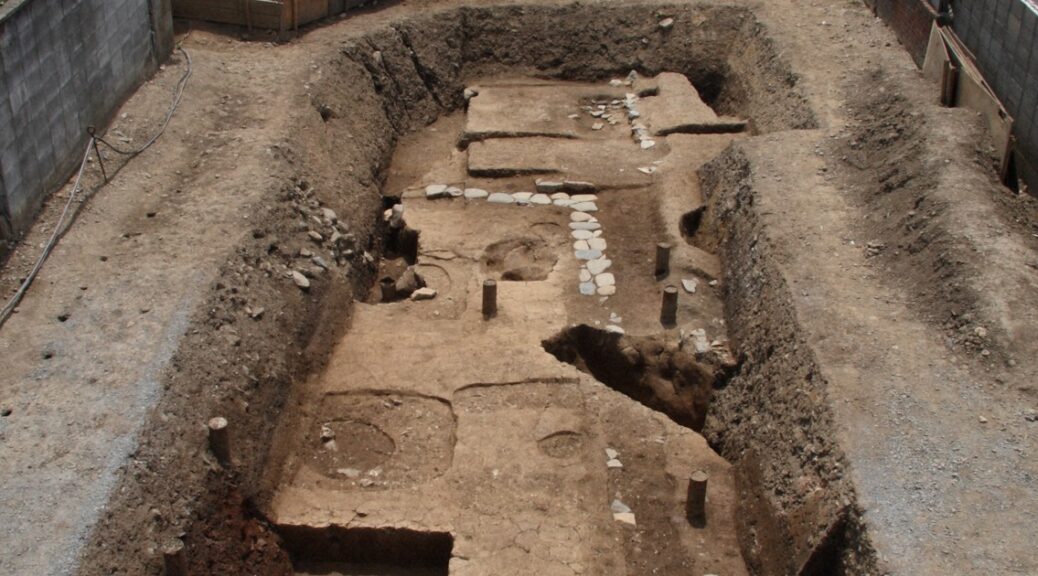Possible Traces of 8th-Century Imperial Pavilion Found in Japan
Postholes and other archaeological remains that are believed to be from a dwelling for the empress at the Japanese imperial family’s official residence have been found in the ancient capital of Kyoto.
The remains appear to have been from the Tokaden pavilion, which served as a dwelling for the empress and female palace attendants, and is also mentioned in Heian literature, including “The Tale of Genji” and “The Pillow Book.” It was part of the emperor’s official residence located in the ancient Japanese capital and administrative centre of Heian-Kyo, as Kyoto was known during the Heian period (794-1185).
The postholes and other remains are thought to be from the time that the capital was moved to Heian-Kyo toward the end of the 8th century. It is the first time that remains from a building that was evidently part of the Heian-Kyo imperial residence have been discovered.

The remains were unearthed during excavation work in the city’s Kamigyo Ward, carried out in 2015 by the Kyoto City Archaeological Research Institute, ahead of the construction of a group home, and the institute compiled its findings in a report.
The emperor’s private residence is said to have stretched for about 182 meters from west to east, and some 226 meters from north to south, comprising 17 pavilions, among other structures.
The excavation took place in the northwest part of the residence, which is believed to have housed the Tokaden pavilion as well as the Kokiden pavilion situated to its south.
During the excavation, five holes with diameters of between 1.2 and 1.5 meters were found running from the north to south, with a distance of around 3 to 2.1 meters between each of them.
According to the investigation, the holes were used to bury pillars in the ground without placing foundation stones.
The research institute consulted a document from the Edo period (1603-1867), which detailed the positioning of the palace buildings, and determined that the holes had been located at the southwest section of the Tokaden pavilion, which extended about 12 meters from west to east, and about 27 meters from north to south.
Furthermore, an arrangement of stones forming an L-shaped ditch, which was used to carry off rainwater from the roof, was discovered in the southwest corner of the Tokaden, and a similar ditch was also found in the northern part of the Kokiden pavilion.
A foundation stone was placed between the stone ditches, which may be traces of a corridor that connected the two buildings. The ditches are thought to be remains from the 10th century or later after the original building was rebuilt using the method of placing pillars on foundation stones.
Emperor Kanmu, who established Japan’s capital at Heian-Kyo in 794, was devoted to the culture of the Tang Dynasty in China.
It is accordingly believed that major buildings at the time were constructed by placing pillars on foundation stones, which was a method that was introduced in China.
The investigation at the site indicates that the Japanese traditional method of not using foundation stones was also adopted for Heian-Kyo.
A representative of the research institute commented, “There is great significance in finding remains from a building from the time of the establishment of the ancient capital in Kyoto. This is first-class material.”
The postholes and other archaeological remains that were found have already been backfilled.
